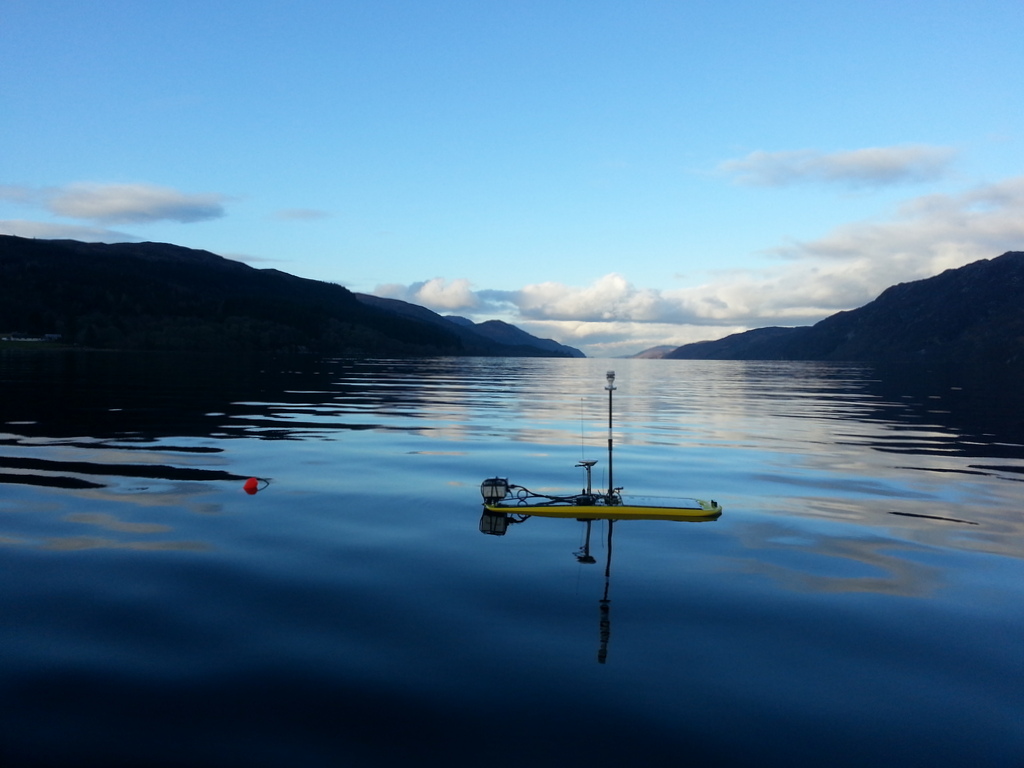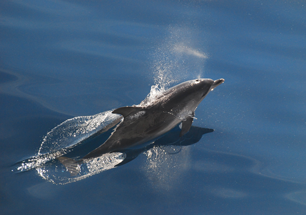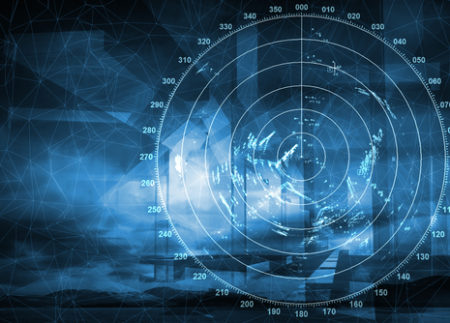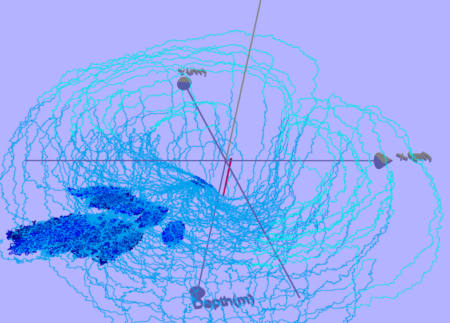KEY QUESTIONS
- How can PAM be used to estimate marine mammal populations and individual animal location before, during, and after industry operations?
- Can a vector sensor be added to a hydrophone array to resolve right-left ambiguity as reliably as conventional methods?

SUMMARY
Conventional towed PAM systems using single hydrophone arrays cannot discriminate animal calls arriving from the right side of a ship from those arriving from the left. Ship manoeuvres can resolve this so-called right-left ambiguity but are not feasible during seismic surveys. Towing and comparing two conventional arrays can also resolve this ambiguity, but doing so is cumbersome and is a safety risk on seismic vessels. This was a concept study for development of a vector sensor and software capable of detecting vocalising marine mammals at sea in three dimensions using towed PAM.
The vector sensor produced bearings that were consistent with those obtained by conventional methods, but with greater variability in results. That is, the trial proved the concept of using a vector sensor to resolve directional ambiguity but did not produce a final, workable system. Bearing estimates could possibly be improved by adding radial torpedo fins to the vector sensor’s housing.
Objectives and methods
This project was to determine:
- whether by detecting the particle motion component of sound, a vector sensor can provide unambiguous bearing estimates comparable to those produced by conventional hydrophone arrays that detect acoustic pressure alone
- how the vector sensor’s ability to resolve the right-left ambiguity compares to that of towing two conventional hydrophone arrays
- whether a vector sensor provides suppression of non-acoustic sources, such as vibration
- In 2008 a vector sensor was added to the end of an 800 m conventional towed array. Eighteen hundred sperm whale clicks were recorded and compared for similarities in bearing results with and without the vector sensor.
Scientific results
Thode, A, Skinner J, Scott P, Roswell J, Straley J, Folkert K. 2010. Tracking sperm whales with a towed acoustic vector sensor. Journal of the Acoustical Society of America. 128:2681-2694.
Importance
Conventional towed arrays could be improved by the addition of a vector sensor that detects particle motion. This approach would be useful on seismic ships that are unable to deviate from their course to resolve the right-left ambiguity. Also, it would be less cumbersome aboard a seismic vessel than towing two conventional arrays to serve the same end.
Links to other research
No other Programme research projects have used a vector sensor, but see the DOSITS website for an introduction to this technology.
Institutions/PIs
University of California, San Diego (Aaron Thode)



